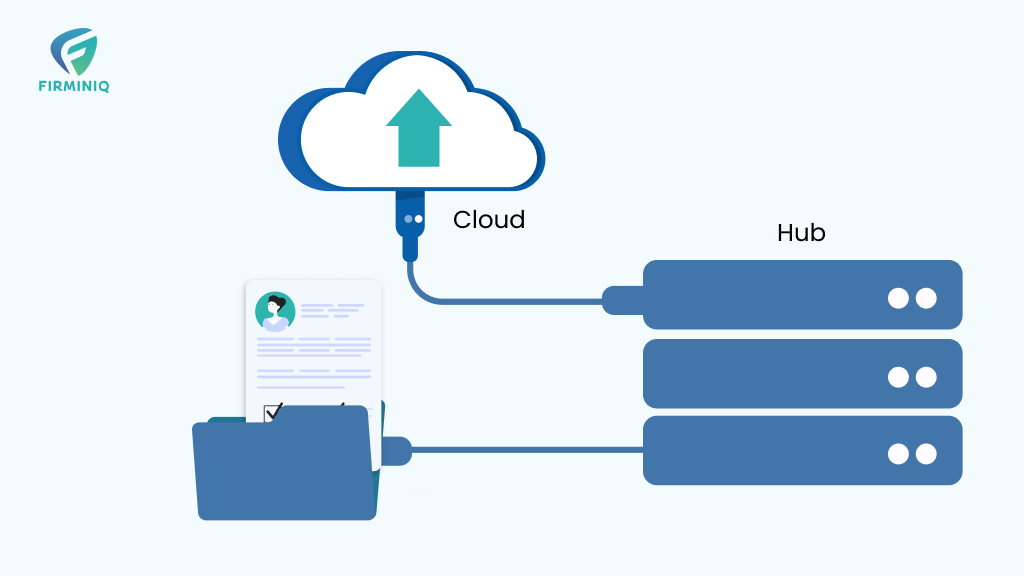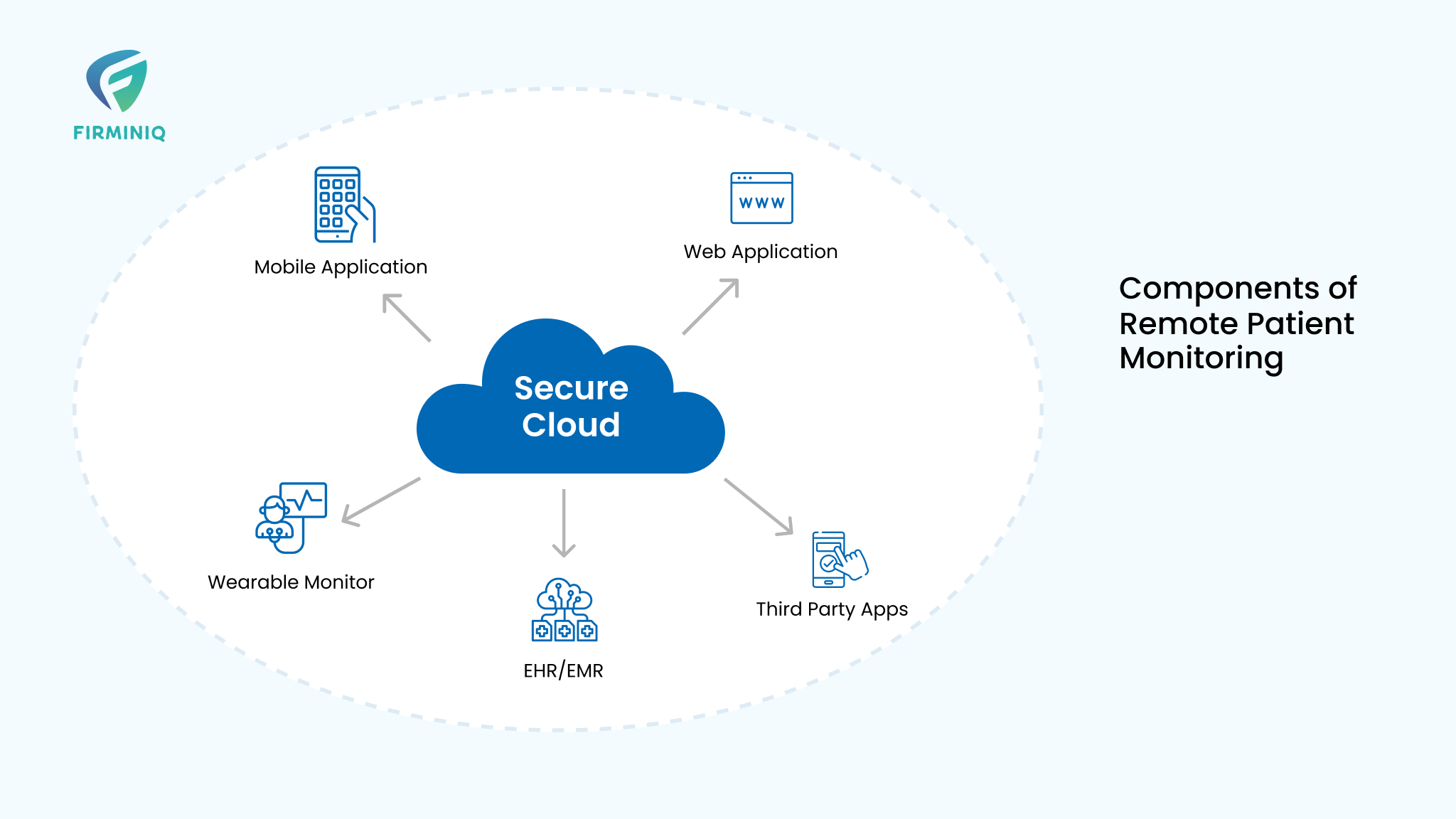In the fast-paced and sedentary work environment, focusing on the employees’ health has become more critical than ever for employers. From workplace stress to chronic health conditions, employees face numerous challenges in the workplace that affect both their physical and mental health conditions.
The solution? Corporate wellness programs and initiatives that are tailored for employees in the workplace should be implemented. These programs are gaining immense popularity in the workplace and are recognized for their role in preventing chronic conditions, while fostering a healthier and more productive work environment.
In this blog, we’ll delve into the advantages of corporate wellness programs and their importance in modern business landscapes.
Understanding the Challenges: Chronic Conditions in the Workplace
| Challenges | Description |
| Physical Health Issues | Chronic diseases such as diabetes or hypertension can lead to fatigue, reduced energy, and difficulty concentrating at work. |
| Mental Health Strain | Chronic illnesses are often accompanied by anxiety, depression, and stress due to ongoing treatment and health concerns. |
| Workplace Stigma | Employees with chronic conditions may hesitate to disclose their health issues, fearing bias or reduced opportunities. |
| Healthcare Costs | Frequent doctor visits, medications, and treatments can lead to financial stress, further impacting overall well-being. |
The Crucial Role of Corporate Wellness Programs in Organizations
Corporate wellness programs aim to create a supportive environment that promotes employee health and well-being. When tailored for employees with chronic conditions, these programs can:
1. Promote Preventive Care
Preventive healthcare initiatives are vital to foster a healthier workforce and minimize the long-term impact of chronic conditions. From regular health screenings to vaccinations and risk assessments, wellness programs allow employees to take charge of their health and identify risks before conditions worsen.
This proactive approach can significantly reduce the chances of complications and the need for more intensive medical interventions in the future.
2. Offer Chronic Condition Management
Chronic condition management ensures employees with long-term health issues receive the support they need to maintain their well-being and ensure productivity. Tools including RPM and others empower employees to keep track of their health metrics like blood sugar levels, blood pressure, heart rate, or oxygen saturation, in real-time.
Also, these tools allow employees to personalize their care plans (from consultation with a physician or dietician to other management strategies). For example, employees can leverage guidance on diet, and exercise routines customized to complement their medical treatment.
3. Enhance Mental Health Support
Wellness programs can seamlessly address mental health challenges as they offer counseling sessions, workshops to manage stress, mindfulness sessions, and more. Mental health support is vital for employees suffering from chronic conditions who are more likely to face isolation, anxiety, or depression.
Employers who invest in creating a stigma-free environment encourage employees to seek help without fear of judgment, fostering a more inclusive and compassionate workplace.
4. Encourage Lifestyle Modifications
Wellness initiatives encourage employees to adopt healthier lifestyles, crucial for managing chronic conditions. For instance, employers can organize challenges among the employees like step-count or group yoga sessions that encourage employees to do physical activity and stay fit. With the connected healthcare devices employees can track their progress and maintain fitness goals, calorie intake, step count and more while ensuring proper hydration.
Additionally, workshops on sleep hygiene and stress management can educate employees about the importance of quality rest and mental well-being, which are often overlooked.
5. Reduce Healthcare Costs for Employers and Employees
By prioritizing preventive care and effective chronic condition management, corporate wellness programs can reduce the frequency and severity of medical interventions. This not only lowers healthcare costs for employees but also reduces insurance premiums and other medical expenses for employers.
How to Implement an Effective Wellness Program
Creating a corporate wellness program tailored for employees with chronic conditions requires thoughtful planning and execution:
- Assess Employee Needs: Conduct surveys or focus groups to understand the specific health challenges faced by employees.
- Partner with Experts: Collaborate with healthcare providers, wellness coaches, and technology partners offering RPM solutions to provide holistic support.
- Customize Programs: Offer inclusive programs that address physical, mental, and emotional health needs.
- Promote Awareness: Educate employees about the available resources and encourage participation.
- Monitor Progress: Use health metrics and employee feedback to continuously improve the program’s effectiveness.
A Healthier Workforce for a Stronger Organization
Corporate wellness programs help employees manage their chronic conditions and play a critical role in managing their health. Investing in such initiatives and technologies like RPM can prove to be a game changer for employers that not only improves employee health but also fosters a culture of care and support.
A healthier workforce is the foundation of a thriving business, and corporate wellness programs are the stepping ladder toward that vision.






